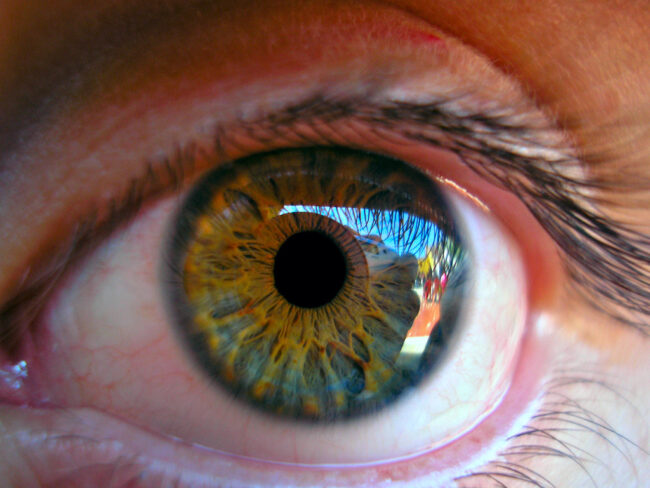Do men and women really view the world so differently?
A team of researchers at Bristol University attempted to answer this very question.1 To do so, they took an equal number of men and woman and used eye-motion tracking equipment to record what men and women focused on when shown a series of images ranging from pieces of art to motion-picture freeze-frames. The human eye provides maximum focus on only 2 degrees of our visual field – so where we direct our gaze can have a massive impact on how we actually view the world – and the team at Bristol have shown that men and women have quite divergent interests in what they want to see.
When shown images of people, men tended to fixate on the eyes whilst women dropped their gaze towards the nose and mouth. This downward shift was interpreted as women seeking to avoid the potential threat associated with direct eye-contact whilst men are more inclined to meet the gaze of the perceived threat. Both sexes also preferred to view the female form when shown images of a heterosexual couple. However, whilst men stayed fixated on the face of the woman, women were more interested in other areas such as the breasts, stomach and hips. Rather than women showing a sexual interest however, it is more likely that women tend to focus on these features to size up their competition.
Overall, the study showed a number of differences in how men and women direct their gaze and conduct eye movements. Men tended to make a number of short eye movements in a limited area whereas women were more exploratory with their gaze. The clear patterns of men and women’s visual habits meant that 64% of participants could have their gender correctly predicted based solely on their eye movements, suggesting that gender can be an important factor in how we view and evaluate the world around us.
References
- Here’s the full paper. Called “Eye Movements to Natural Images as a Function of Sex and Personality” by
Joseph, Moss, Baddeley, and Canagarajah.

